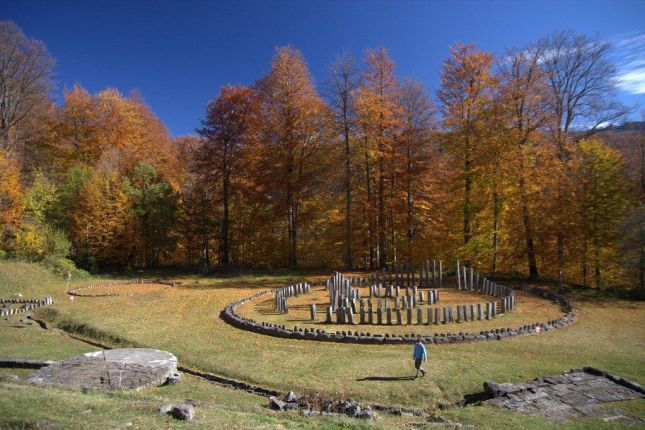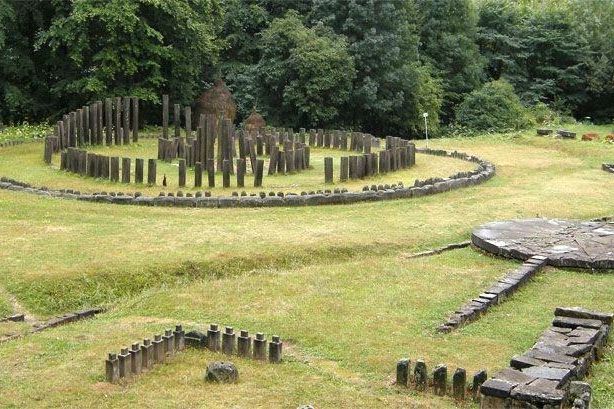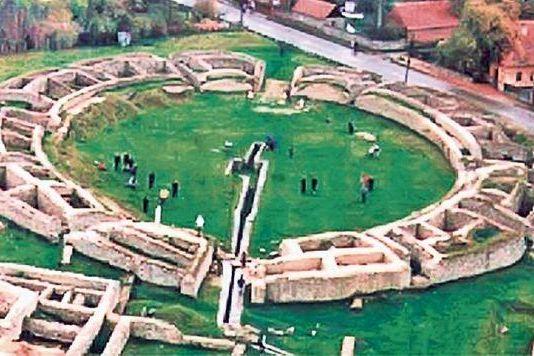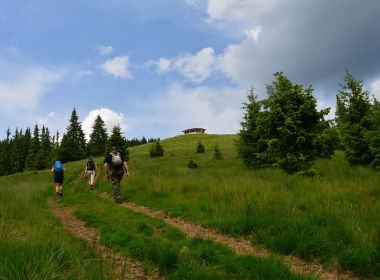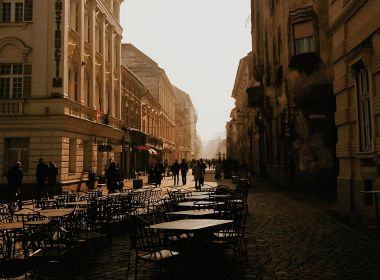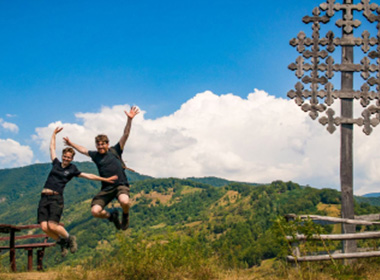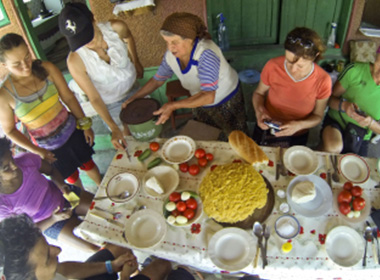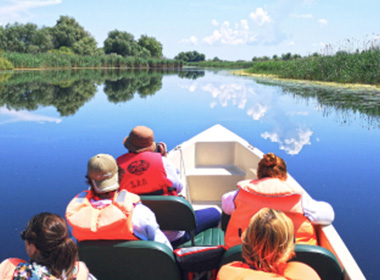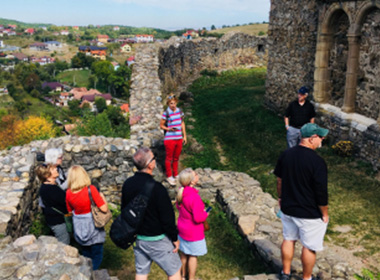The UNESCO Ruins of Dacian Fortresses: Sarmizegetusa Regia and others
This attraction can be visited in the following tours:
- Day trip from Sibiu to Corvin Castle which also includes a tour extension to the Dacian ruins
The six Dacian fortresses of Orastie Mountains were build around the 1st century B.C as a complex defence system making use of the impressive natural landscape, to serve as protection for the empire’s capital, Sarmizegetusa, against Roman conquering.
The fortresses once formed the nucleus of the Dacian Empire and represent a complex of citadels and settlements placed in a strategic manner and designed to form a strong defence. Remains of this remarkable construction are still visible and well preserved today and illustrate complex architectural techniques and construction concepts dating from the classical era and the late European Iron Age. If you are passionate about history, you can find more detail here and here.
The six Dacian fortresses were included in UNESCO heritage list in 1999 mainly because they comprise a unique mix of techniques and concepts of military architecture and represent outstanding examples of defence systems.
Nearest city: Hunedoara
Nearest airports: Cluj-Napoca, Sibiu and Timisoara
Sarmizegetusa Regia („The Royal”)
Sarmizegetusa Regia was the capital of Decebal’s empire, the last great king of the Dacians, a fierce warrior and feared enemy of the Roman empire and is located on the southern edge of Muncelu mountain, placed strategically at a height of 1.200m.
It was the largest of the Dacian fortresses and it was build there in the proximity of nearby iron deposits. The fortress is entirely layered and spreads over terraces - the citadel surrounded by walls, the monumental sanctuaries (the Circular Calendar), the blossoming workshops, houses, systems for water collection and filtering appear structured by a coherent system of roads. Systematic archaeological diggings of the last 5 centuries have evidenced 3 functional areas: the citadel, the sacred area and the civilian settlement. Within one of the settlements, the famous ceramic pot with the “DECEBALUS PER SCORILO" was discovered.
Location: Sarmizegetusa
Gradistea de Munte, Orastioara de Sus, Hunedoara, Romania
Nearby Sarmizegetusa Regia you can also visit Ulpia Traiana Sarmisegetusa, which is a settlement build by the Romans after conquering Dacia, located in the village of Sarmisegetusa. In 2016, the citadel hosted the first Roman Movie Festival - follow Romanian Friend to find out about events taking place this year.
Costeşti-Citadel
The citadel is one of the oldest of the Dacian fortifications, build on or around the beginning of the 1st century BC. With a large civil settlement and designed as stronghold, this citadel was the residence of Transylvanian Dacian kings and had a strategic purpose - it controlled the way to Sarmizegetusa.
Location: Costesti-Cetatuie
Costesti, Orastioara de Sus, Hunedoara, Romania
Costeşti – Blidaru
A key piece of the defence system of Orastie Mountains, this citadel was erected after the rule of Burebista, in the second half of the 1st century BC and represents a masterpiece of Dacian military architecture and introduction of innovative concepts in construction, probably due to the use of Greek craftsmen and architects. Located on a hill with a view to the Mures river valley and the capital, Sarmizegetusa Regia, it had the purpose of controlling the access to the area. The establishment of the citadel implied considerable work in constructing a flat surface and several terraces. The citadel once comprised two connecting areas and six strong observation towers.
Location: Costesti -Blidaru
Costesti, Orastioara, Hunedoara, Romania
Băniţa
Banita fortress was strategically constructed on the highest point of Piatra Cetăţii hill, which is surrounded on three sides by the Banita river and thus it naturally conferred defence possibilities, as access was limited to the northern side, where the Dacian fortifications were build.
The natural difficulties have lead the constructors to create very original defence systems: the walls, towers and platforms for fighting were constructed on different levels. The role of the citadel was to block access to Sarmisegetusa Regia from the south. Losing this citadel during the first Dacian-Roman war in 101-102 AC has facilitated Roman armies to move forward on the way to the capital of the empire.
Location: Banita
Banita, Petrosani Municipality, Hunedoara, Romania
Luncani – Piatra Roşie (Red Stone)
This fortress was build on the Piatra Rosie plateau and it was surrounded on all sides by abysses, the only possible entrance being from the eastern side. It had the purpose of protecting Sarmizegetusa Regia from a potential attack coming from the north. The citadel was build out of stone and had four defence towers, situated on each corner and a 5th tower situated in the middle of the eastern side of the fortress. Archaeological diggings revealed that the citadel was destroyed in 106 by Roman legions, during the second Dacian-Roman war.
Location: Luncani-Piatra Rosie
Luncani, Bosorod, Hunedoara, Romania
Căpâlna
The citadel was build on a hill, surrounded by stiff ramps and the only access could be made from the south-west side, through a very narrow “saddle”. The defence system which is still visible nowadays, comprises a groove, two waves with an interior groove, an interior wall and a tower. Its strategic purpose was to prevent entrance to the inter-Carpathian Dacia from the only road that came from the south of the Carpathian mountains.
Location: Capâlna
Capâlna, Sasciori, Alba, Romania
Bonus tip from a local: Planning to come and visit Dacian Fortresses? Check out our Timisoara tours - the closest major city with an airport.
Places to visit
Related tours
-
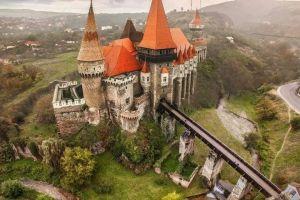
Corvin Castle & UNESCO Dacian Ruins Tour
Start from: Timisoara
-
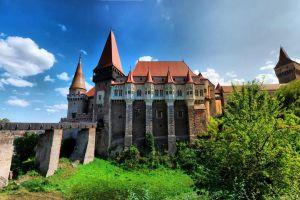
Corvin Castle and Alba Iulia Citadel Tour
Start from: Sibiu
4 times a year we prepare a newsletter with local stories, places and our special insights about Romanian culture and local life that will inspire you to visit our country and have an authentic local experience. Would you like to get it?
